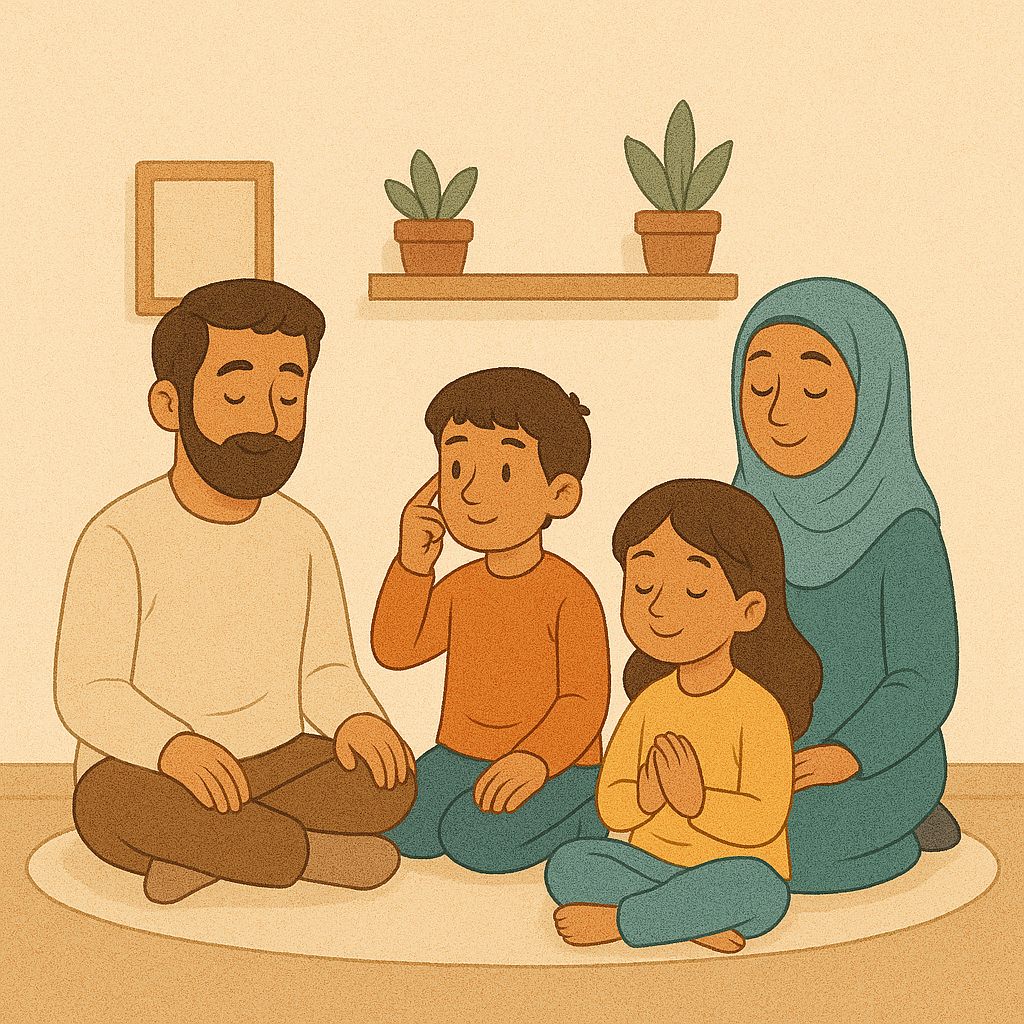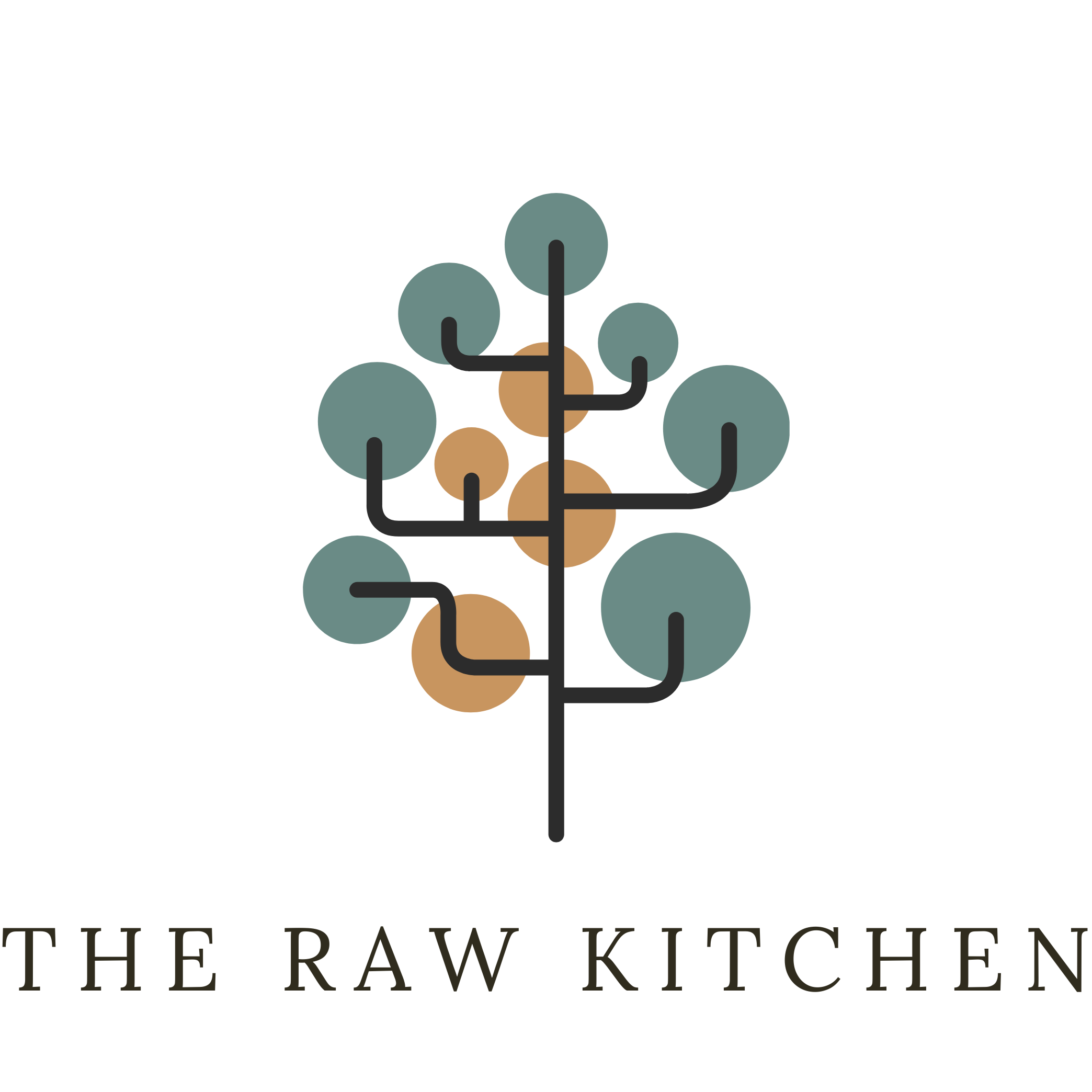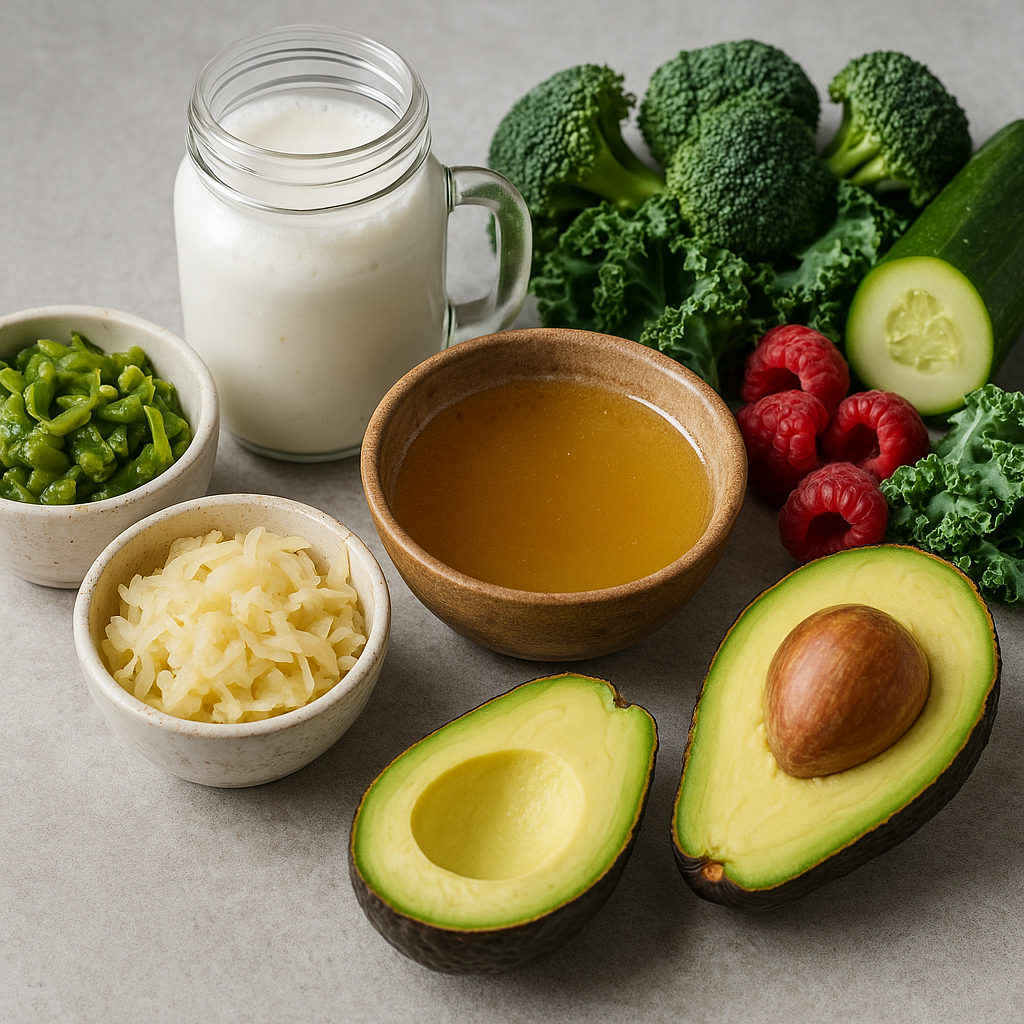
Little People, Big Feelings: Simple Mindfulness Practices for a Calmer, Happier Family
Children, like adults, experience a full spectrum of emotions – from pure joy and excitement to frustration, anger, and sadness. The difference is, their little brains are still developing the tools to understand and regulate these "big feelings." This can lead to tantrums, meltdowns, and a general sense of overwhelm for everyone in the family.
In our bustling lives, constantly juggling school, work, activities, and screens, it’s easy for both parents and children to feel disconnected and stressed. This is where mindfulness comes in.
Mindfulness isn't about clearing your mind or adding another chore to your already packed schedule. It's simply about paying attention to the present moment, without judgment. For families, it’s a powerful tool to:
-
Increase emotional awareness: Helping children (and parents!) recognise what they're feeling.
-
Improve self-regulation: Giving kids tools to manage big emotions.
-
Reduce stress and anxiety: Creating a calmer home environment.
-
Deepen family connection: Fostering presence and understanding.
The beauty of mindfulness is that it doesn't require silence or stillness, especially with active children. It can be woven into everyday moments, becoming a natural part of family life.
1. The Five Senses Check-In
This is a fantastic, quick practice that brings everyone into the present moment. It's especially useful when emotions are running high or when transitioning between activities. ✅ Ask everyone to quietly observe:
-
5 things you can see right now.
-
4 things you can feel (e.g., your clothes, the chair, the air).
-
3 things you can hear (e.g., birds chirping, a car passing, your own breath).
-
2 things you can smell (even subtle ones like soap or dinner cooking).
-
1 thing you can taste (e.g., lingering toothpaste, a recent snack, nothing).
This simple exercise grounds everyone and shifts focus away from internal chatter.
2. Mindful Movement & Nature Exploration
Mindfulness doesn't have to be still. Getting outside and moving mindfully is incredibly powerful for children.
✅ Mindful Walks: Instead of rushing, encourage your child to notice the details: the texture of a tree bark, the sound of leaves crunching, the smell of flowers, the different colours they see. "Let's be nature detectives!"
✅ Body Scans During Play: If they're wiggling, guide them to notice how their body feels while they move. "How do your feet feel when you jump? What about your arms when you stretch?"
3. The "Calm Down Corner" or "Peace Place"
Create a designated, comfortable space in your home where children (and adults!) can go to regulate their emotions. It's not a punishment zone, but a place for self-soothing.
✅ Fill it with calming items: Soft cushions, books, a sensory bottle (glitter in water), crayons and paper, or a small timer.
✅ Teach them how to use it: When they feel a big emotion bubbling up, guide them there to take a few deep breaths, read, or draw until they feel calmer.
4. Gratitude Moments
Cultivating gratitude is a cornerstone of both mindfulness and Islamic tradition. Expressing thanks (shukr) shifts our focus from what's going wrong to what's going right, instantly boosting mood and fostering contentment.
✅ Daily Gratitude Practice: At dinner or bedtime, ask everyone to share one thing they are grateful for that day. It could be big or small – a yummy meal, a sunny moment, a kind word from a friend.
✅ Gratitude Jar: Write down moments of gratitude on small slips of paper and put them in a jar. Read them aloud when someone needs a boost.
5. Mindful Eating (Even Just for a Few Bites)
Our mealtimes are often rushed and distracted. Taking just a moment to eat mindfully can transform the experience.
✅ The "Raisin Experiment": A classic mindfulness exercise. Give your child a single raisin (or any small snack). Encourage them to look at it closely, feel its texture, smell it, place it on their tongue without chewing, notice the taste, then chew very slowly, paying attention to how it changes.
✅ A Moment of Silence: Before a meal, take a moment of silent reflection or say a prayer (dua) of thanks for the food. This brings everyone's attention to the food and the act of nourishment.
The essence of mindfulness in family life resonates deeply with Islamic teachings on living with ihsan (excellence and presence) and being aware of Allah in every moment. It's about being fully present for our children, for our families, and for ourselves. These simple practices aren't about achieving perfection; they're about building a calmer, more connected, and happier home, one mindful moment at a time.



Leave a comment
This site is protected by hCaptcha and the hCaptcha Privacy Policy and Terms of Service apply.